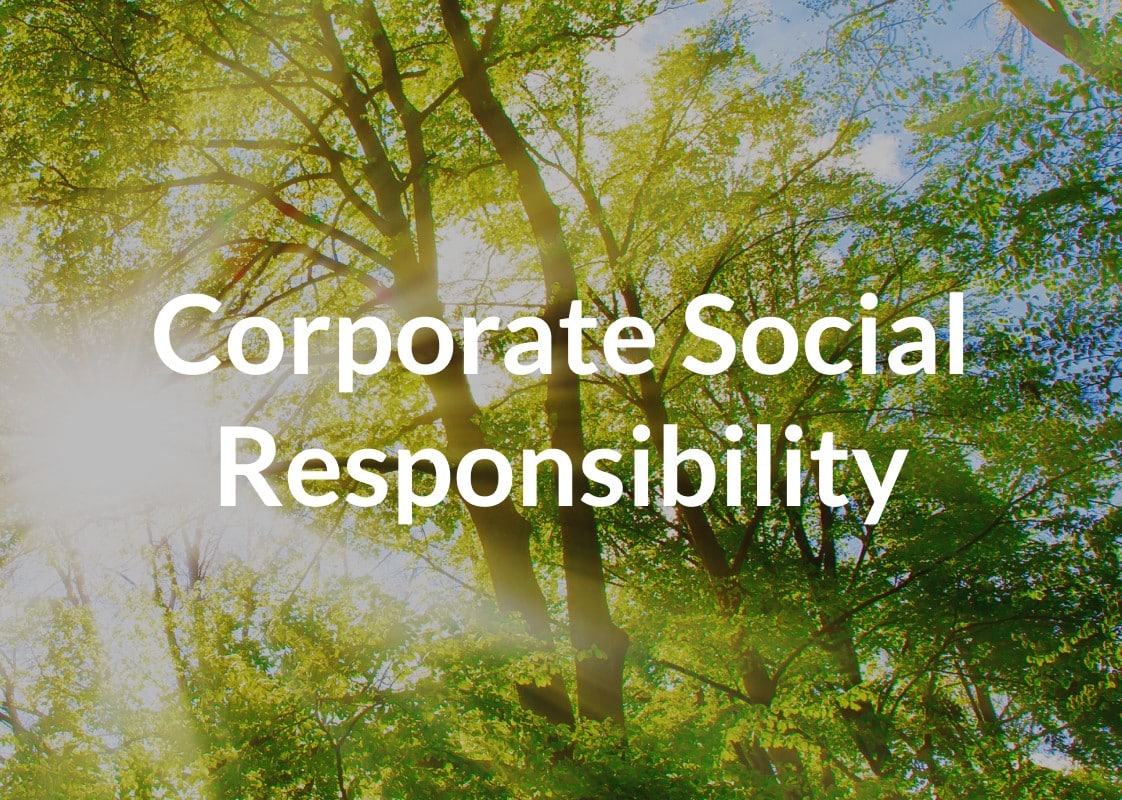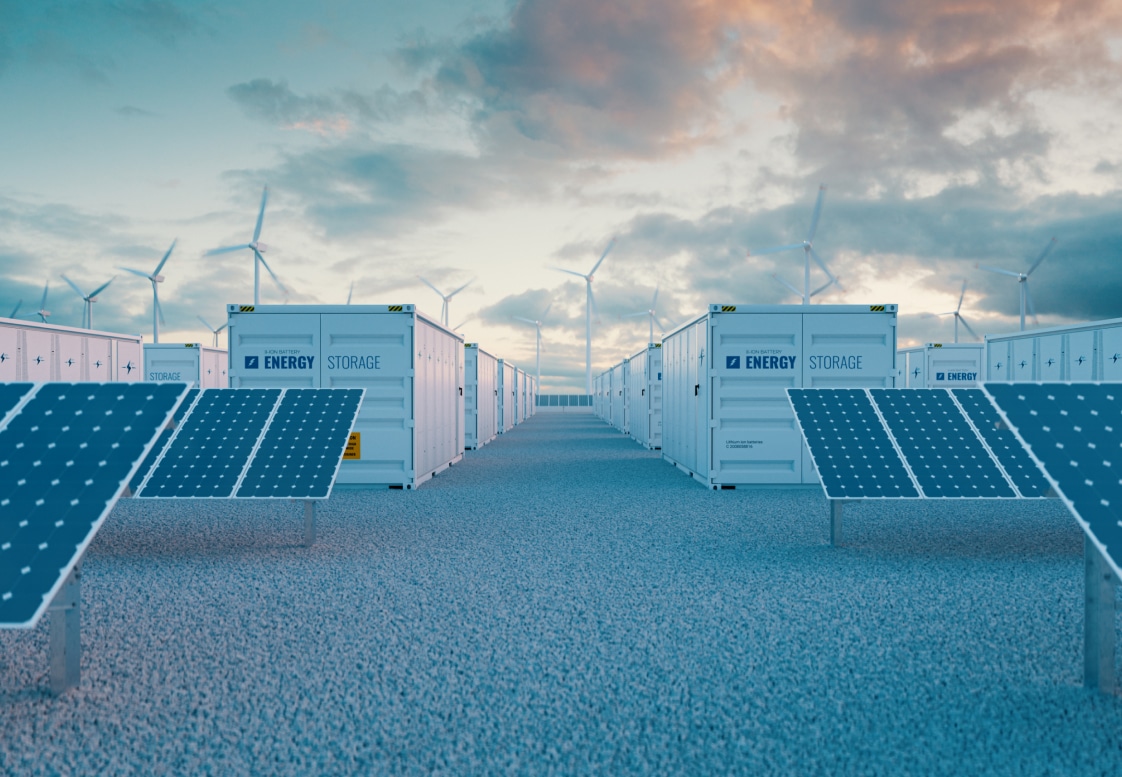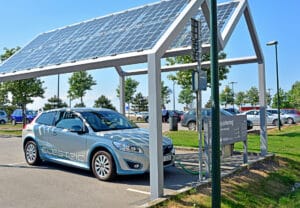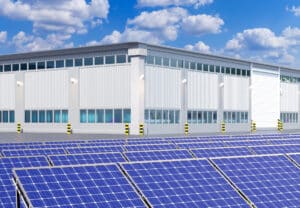With energy costs continuing to rise, along with the harmful effects of carbon emissions, businesses are now acclimating to the reality that sustainability is a priority for stakeholders and customers. And optimizing this energy is absolutely essential. Much of the power businesses are using is squandered as it isn’t utilized, so energy waste has become common.
One study showed that within a four-month period, the UK wasted enough wind energy to power 1.2 million homes. At the same time, energy demand is increasing by a projected 77% from 2000 to 2040.
Wasted energy is energy that provides no benefit to businesses or end users. It leads to unnecessary expenses for businesses and communities, and when fossil fuels are the source, it contributes directly to global warming. Even when the waste comes from renewable sources, the net effect is to drive up costs and make it harder for businesses to justify relying on clean energy.
Energy optimization minimizes waste, reduces costs, and makes organizations cleaner and greener. To help your organization become as efficient and waste-free as possible, we’ve laid out eight essential tips for energy optimization.
What Does Energy Optimization Mean?
Energy optimization means using energy to maximize the benefits and minimize waste and harmful effects. Your energy usage is optimized when you’re using it efficiently, producing and storing it appropriately in response to demand, and switching from fossil fuels to renewables whenever possible.
Energy optimization isn’t just about reducing the amount of energy you consume. It’s about being strategic in how you produce and utilize that energy. Optimized energy is generated in the cleanest and most cost-effective way possible and goes directly toward meeting demand.
When energy cannot be used productively, it should be captured for later use or alternative functions. For example, an optimized system might use excess energy to provide heat for buildings instead of releasing it as waste.
Why is Optimizing Energy Usage Important?
By reducing waste through energy optimization, organizations are achieving two important goals at the same time:
- Protecting the environment by reducing carbon emissions
- Saving money by ensuring that the energy you purchase is being used productively
With rising energy costs and an ever-growing public demand for sustainable and environmentally responsible business practices, many companies are pursuing carbon reduction targets like Net Zero. Energy optimization practices can lay the groundwork for meeting these ambitious objectives and provide immediate, tangible improvements.
It’s easy to waste energy if you aren’t vigilant—especially if you’re operating on a large scale. By using strategies, tools, and procedures that prioritize efficiency, you can optimize your operations to the fullest extent possible and make it easier to build on your successes for further reductions in waste and inefficiency.
8 Essential Energy Optimization Tips
There’s no one simple trick to optimizing energy—it takes a multilayered approach that utilizes various methods and resources. Here are eight tips to help you reach your energy goals.
1. Automate the Workflow
While some aspects of energy management will always require human oversight, many processes benefit greatly from the organized approach and precise timekeeping of automation. By providing consistency and centralization to your energy management system, automation makes it easier for multiple teams to work together to manage and streamline operations and reduce related costs.
At Galooli, we provide future-focused automation tools that can trigger threshold-based alerts, create custom reports, send batch system updates and performance changes to remote assets, and much more. We can also use automation to forecast asset performance and adjust usage according to environmental factors like weather and geolocation.
These automations streamline energy management processes, reduce the need for manual actions and onsite checks, and make your operations significantly more efficient. This also allows for faster and more flexible responses to maintenance issues, malfunctions, or sudden shifts in demand.
2. Regularly Check Your Efficiency Rating
Energy optimization needs to be monitored regularly. Just because a system has been optimized one time doesn’t mean it will continue to operate at that level of efficiency forever. You need to measure efficiency on a routine basis to be aware of how much energy is being used and what it’s actually producing.
You can use the energy efficiency formula described above to check on the efficiency of a system or energy asset. If the efficiency rating goes down over time, issues may need remediation.
3. Add KPI thresholds and alertsAdd In Thresholds to Your Site
When you know how well an asset can perform under ideal conditions, you can determine just how efficiently it needs to perform to be considered “optimized.” Regularly measuring efficiency helps operators set realistic performance thresholds for the assets they manage.
With an energy management platform, you can set performance thresholds and tie these to automatic alerts. Through this, you can receive these warnings when assets fail to meet them, so you can stay on top of your site at all times. This allows you to address problems immediately, minimizing waste and downtime.
4. Utilize Renewable Energy Sources
One of the best ways to optimize your energy efficiency is to pair clean, renewable energy sources with careful use management practices. Wind, solar, hydroelectric, and other renewables can harness the natural environment near your site to produce clean and affordable energy.
For many organizations, switching to 100% renewable energy may not be feasible right away. It’s important to implement demand-based energy use practices that balance loads according to peak demand times, using fossil fuels only when necessary and shifting to renewables as much as possible.
5. Create a Climate Action Plan
It’s easier to decide what and how to optimize when you have a comprehensive strategy to guide you. For organizations striving to meet efficiency goals related to sustainability, it’s a great help to have a climate action plan.
A strong climate action plan should assess the current challenges and opportunities, commit to a shift toward renewable energy, establish a timeline for retiring energy-guzzling legacy systems, mandate careful monitoring of energy usage, account for the impact of site temperature on energy usage, and embrace paperless digital systems.
6. Implement Smart Building Technologies
The facilities where your energy is produced and utilized can operate more efficiently with the help of smart building technologies that leverage the powers of data, interconnectivity, and remote access.
Smart meters and sensors, connected through IoT technology, can provide you with real-time insight into the status of your operations and detect errors and inefficiencies as soon as they appear. You can also save energy with smart lighting, reflective roofing, and ultra-efficient heat pumps capable of capturing and repurposing waste heat. To use these systems as effectively as possible, you’ll need a remote monitoring and control platform that can integrate with all of them.
It’s worth noting that IoT-connected systems can be more vulnerable to cyberattacks, so it’s important to keep them secure and audit their access logs frequently.
7. Monitor Energy Remotely
Any energy facility will benefit greatly from a remote energy management platform that provides overarching, real-time visibility into your operations. By providing a live overview of your energy systems and actionable insights into increasing optimization, these platforms lower your maintenance costs and prolong the useful life of your assets and equipment.
Remote monitoring and control solutions like Galooli minimize the need for energy-inefficient travel to and from facilities for diagnostic and maintenance purposes, instead giving you the power to identify problems remotely and deploy immediate fixes for things like balancing issues and software updates.
8. Conduct Reports Quarterly
Optimizing energy is a team effort in any organization, and regularly scheduled reports keep everyone on the same page. When every participant knows where things stand, it’s much easier for them to work together to meet organizational goals.
Quarterly reports allow your team members the opportunity to track performance over time, monitor changes to the system, assess what is and isn’t working, and collaborate on finding areas where energy usage can be optimized even further.
Ensure Your Energy Assets are Optimized in the Best Way Possible
In our modern world, no one can afford to waste energy. Energy optimization is essential for every organization, and to achieve this, you need the right strategy, tools, and technology.
Remote monitoring and control platforms can play a key role in helping organizations maximize their energy efficiency. When you have the power to see everything that’s going on in your system and make necessary adjustments, you don’t have to worry about losing time and energy to unexpected problems or fluctuations in usage.
Sign up for a free demo to see how Galooli’s remote solution can make it easier to optimize the performance of your critical energy assets while strengthening your performance at all levels through regular reporting and monitoring.




























